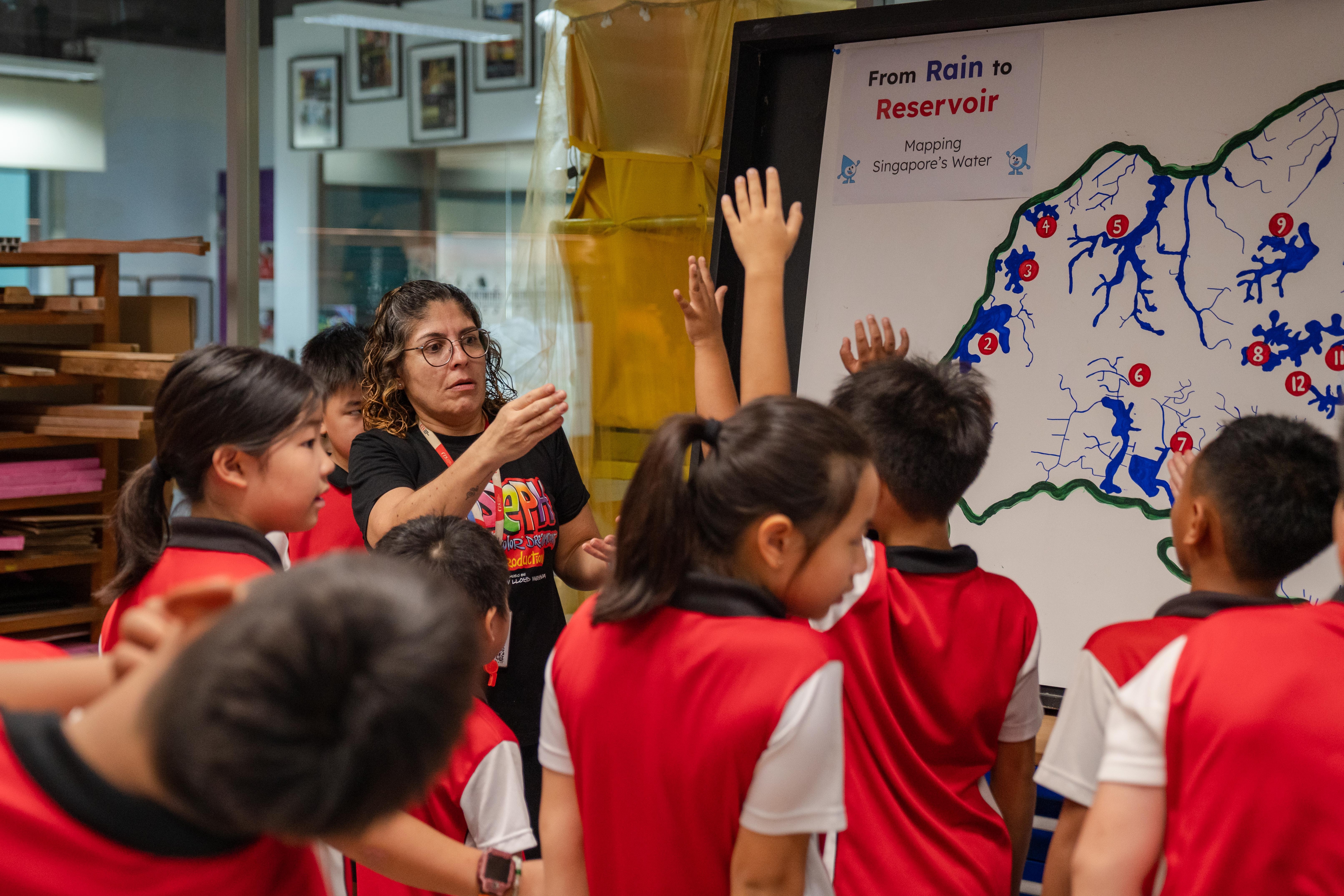Interview with PYP STEAM educator Bea Arbelaez
We recently had the opportunity to speak with PYP STEAM teacher Bea Arbelaez to learn more about CIS’s unique STEAM programme. STEAM is an interdisciplinary educational approach that highlights the interconnected strands of scientific inquiry with technological application, the problem solving of engineering, artistic creativity, and mathematical modelling. Through STEAM, CIS students exercise curiosity and creativity, and learn to develop innovative solutions for real-world problems and scenarios.
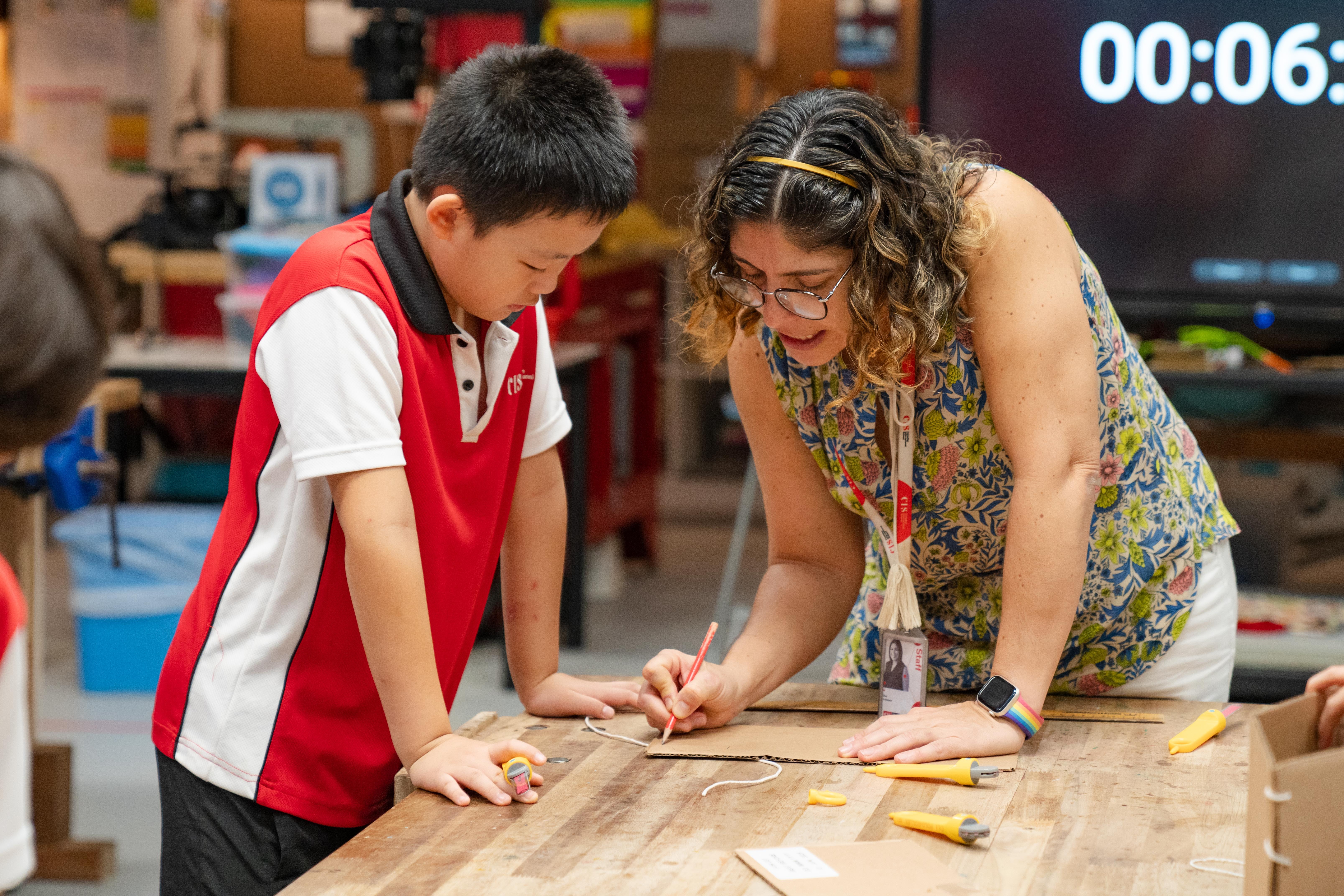
Hello Beatriz, thank you for taking the time to speak with us. Tell us more about your role as a STEAM teacher at CIS.
As a STEAM teacher at CIS, I collaborate closely with teachers and PYP coordinators to connect our units of inquiry to real-world relevance. We focus on answering the ‘so what’ of student learning. We want our students to understand why their classroom learning matters and how they can apply their knowledge and skills to benefit themselves, their communities and the world.
My goal is to inspire my students to see human ingenuity as the key to solving most challenges. I want them to feel empowered to test their ideas, think creatively and build resilience as they explore new solutions in a supportive environment.
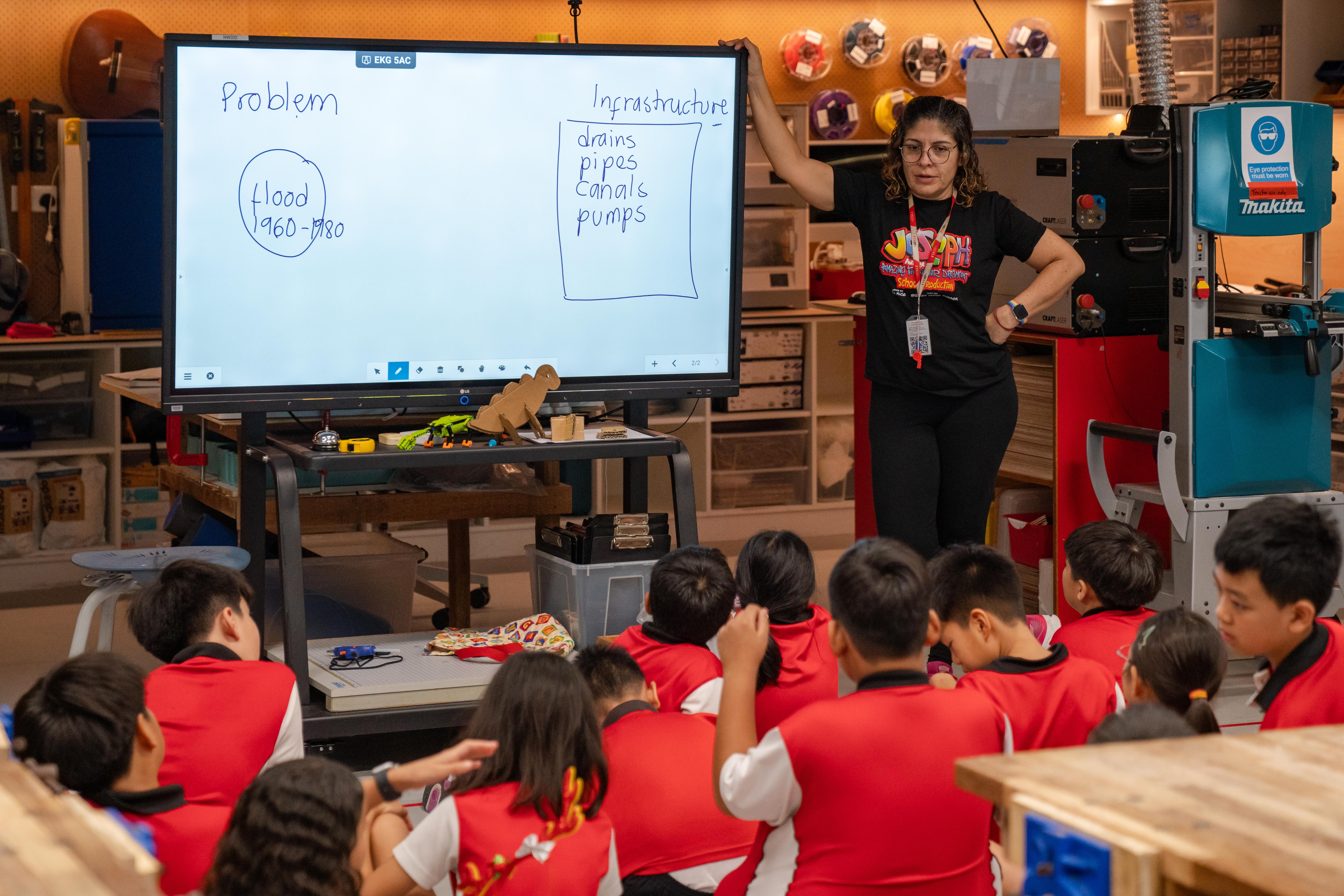
That’s truly inspiring, and you must be very busy! Describe a day in your life at CIS.
I start each day on upper field duty, which gives me a chance to connect with students and hear about their ideas and interests. Then, I prepare materials and set up our makerspace, researching ways to extend student learning into real-life applications. Most weeks, I meet with teachers and PYP coordinators for collaborative planning and to set next steps for student inquiry. My favourite part of the day is welcoming students into the makerspace, where we tackle real-life problems like sustainability and designing systems to improve lives.
Why is STEAM education so important for today’s students?
In a world where technology can automate many tasks, STEAM education pushes students to approach global challenges with curiosity, creativity and resilience. It nurtures core human qualities—like ingenuity—and combines them with practical skills, interdisciplinary knowledge and the latest tools to make a positive difference.
The true power of STEAM lies in its holistic approach to learning and problem-solving. STEAM education encourages students to view real-world problems as creative challenges, inspiring them to think critically and innovatively. With repeated practice, students gain confidence in their ability to tackle complex issues, cultivating a growth mindset that fuels learning.
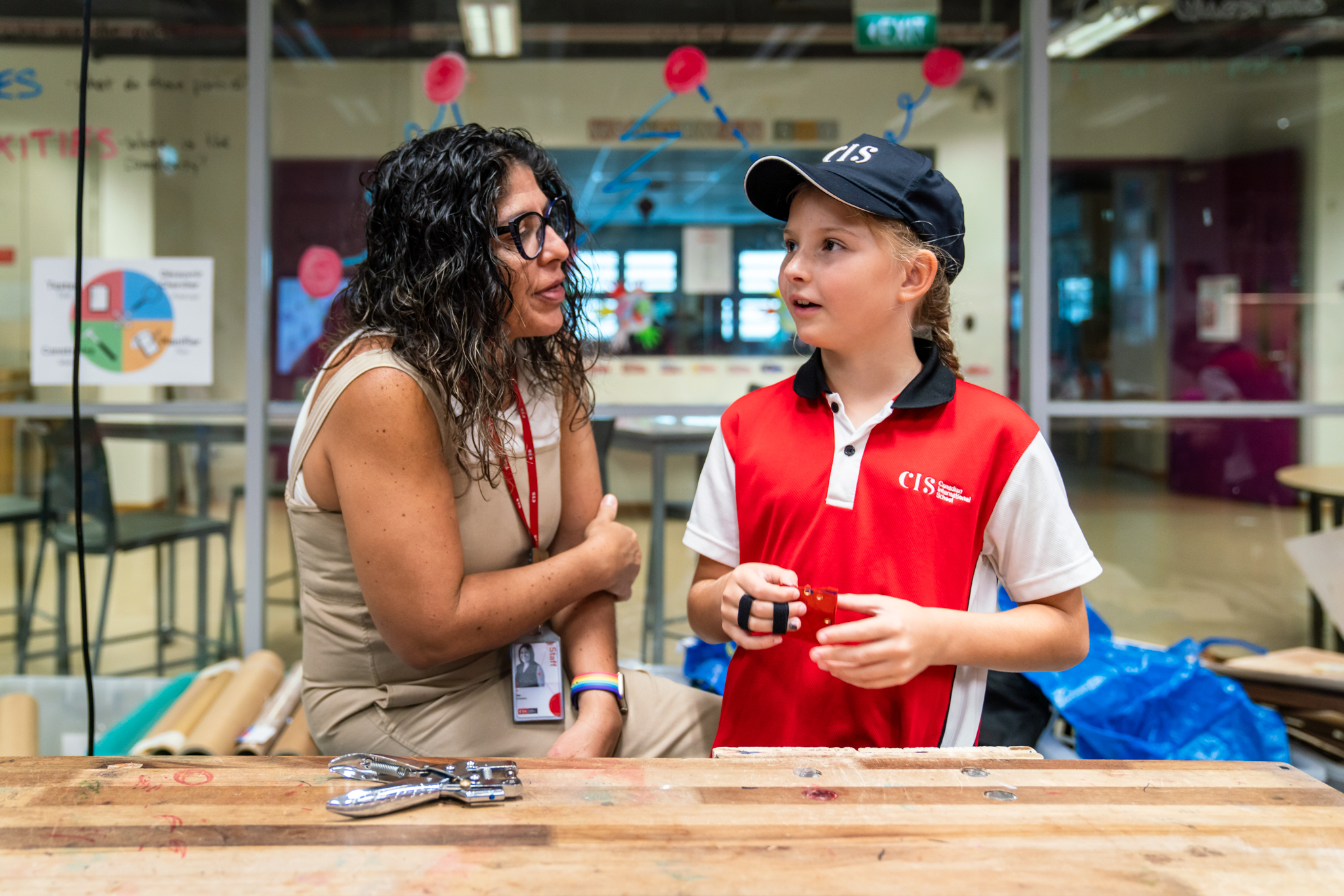
At CIS, we care alot about empowering our students to be future-ready. How does CIS’ STEAM programme prepare students for future challenges and careers (including careers that don’t even exist at the moment)?
Our STEAM programme is unique because it’s integrative. We use STEAM as a lens through which we address modern challenges. In our classrooms, we blend science, technology, engineering, the arts and maths to deepen students' understanding of the world and empower them to design innovative, impactful solutions.
In a world where many tasks are increasingly automated, it’s essential to develop skills that are uniquely human—creativity, critical thinking and resilience. Through STEAM, students learn to envision and create the technologies and solutions that will address future global challenges. At CIS, we focus on nurturing these qualities, preparing students to lead and innovate in a competitive and ever-evolving world.
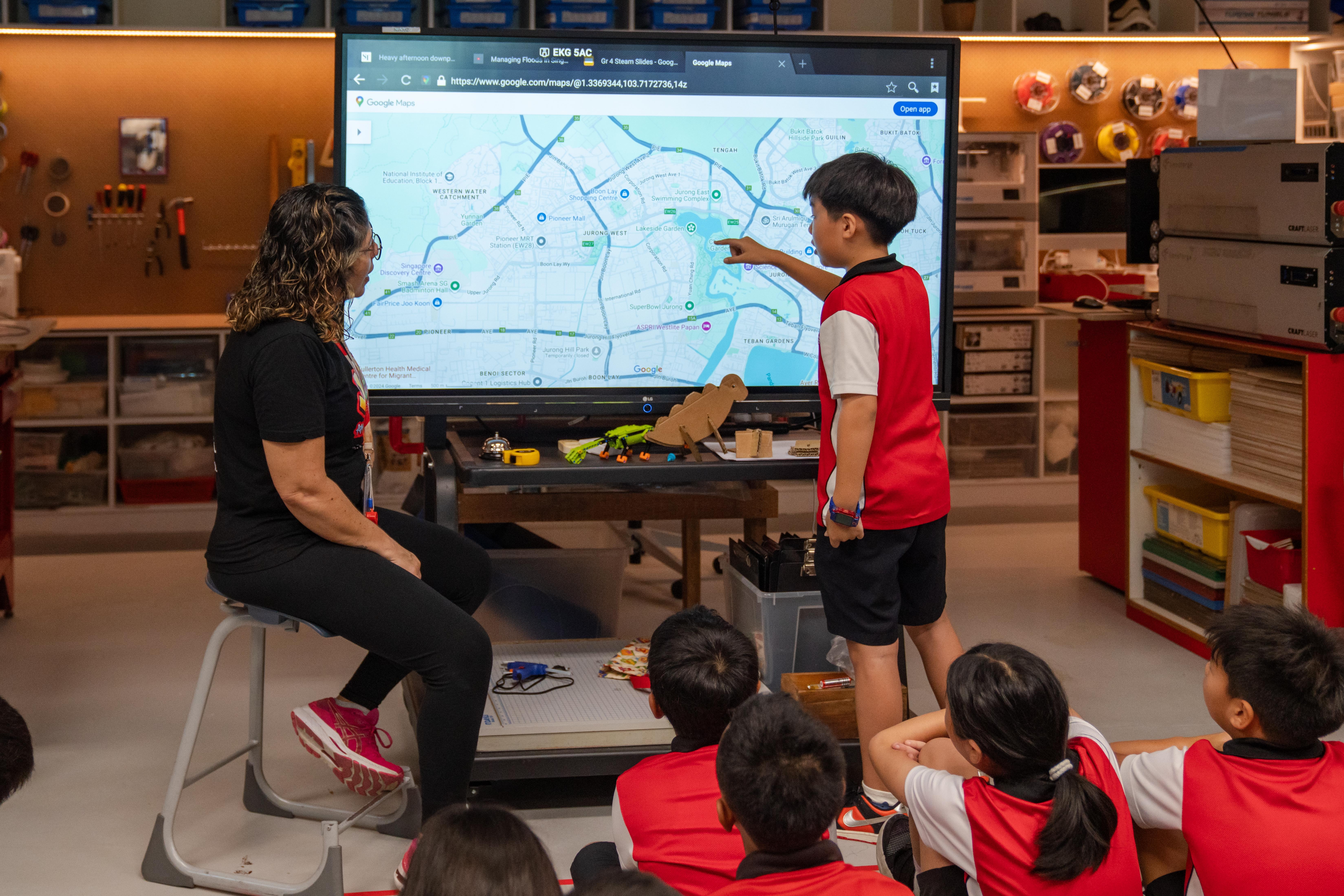
What skills and qualities do students gain from a STEAM education?
One of the most valuable qualities students gain through STEAM is resilience. When students design and create something new, they must rigorously test their ideas. If an idea doesn’t work as expected, students return to the drawing board, revise their approach and try again. Witnessing my students’ resilience and creativity in overcoming design challenges is one of my favourite aspects of teaching STEAM.
Another essential quality fostered through STEAM is the ability to think outside the box.This creative mindset helps students view problems not as roadblocks but as challenges to be solved. At CIS, STEAM students learn that all challenges are surmountable with enough curiosity, critical thinking and persistence. This adaptability and problem-solving approach prepares them to tackle real-world issues with confidence and ingenuity.
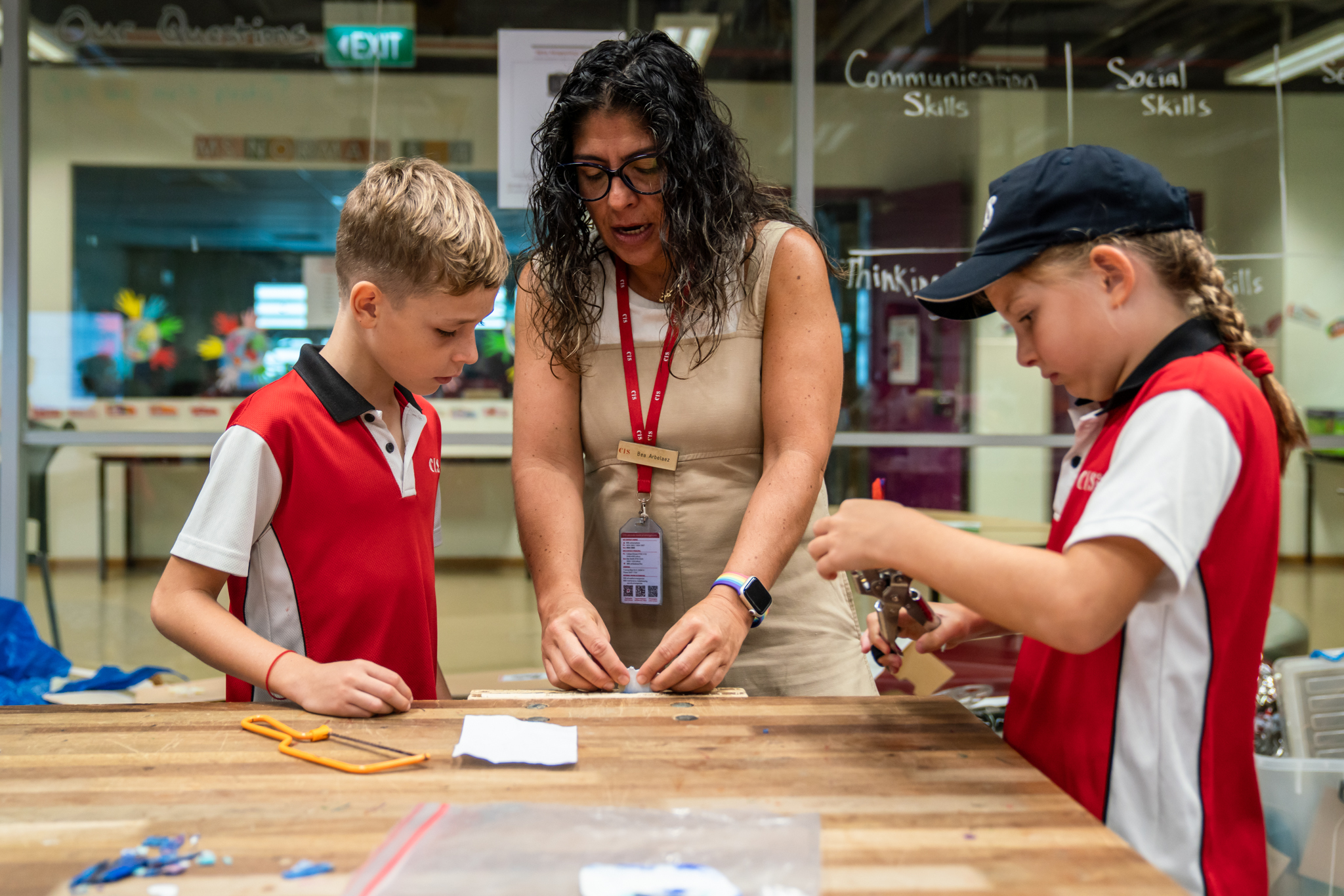
What is your favourite part of the job?
My favourite part of being a STEAM teacher is seeing the joy on my students' faces when they solve a design challenge and celebrate a solution that truly works. This joy comes from both the accomplishment of problem-solving and the satisfaction of building something tangible with their own hands. Watching my students make connections, overcome obstacles and create brings immense fulfilment. These experiences reinforce the power of STEAM to foster resilience, creativity and a hands-on approach to learning—qualities that make teaching this subject incredibly rewarding.
That indeed sounds truly rewarding. Thank you Bea for taking the time to share more about CIS’ unique STEAM programme with us.
